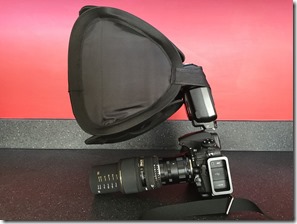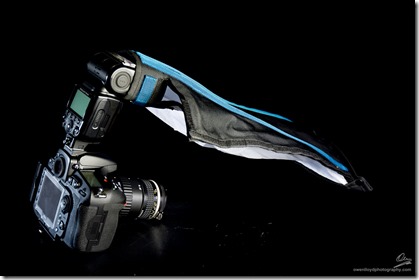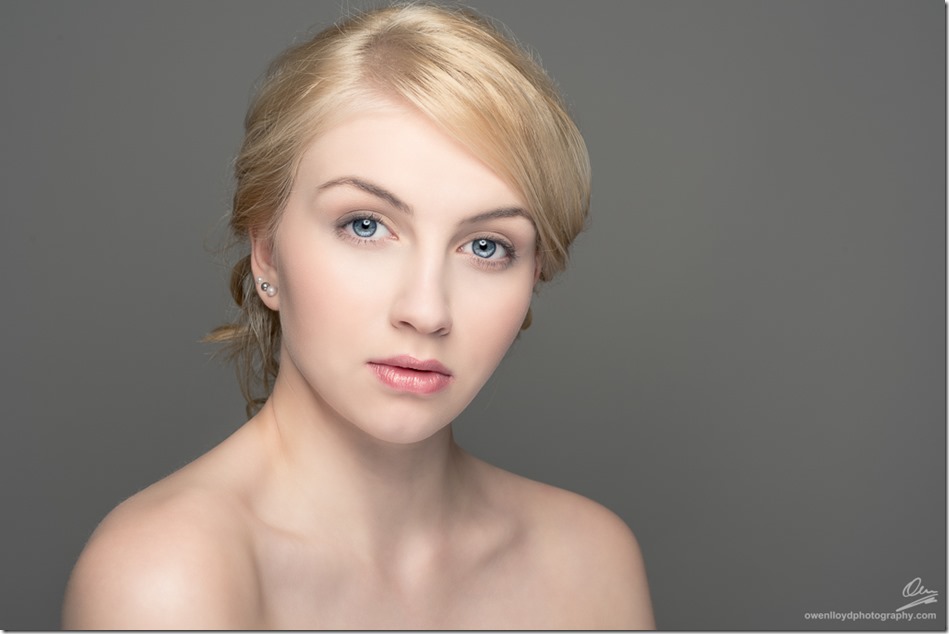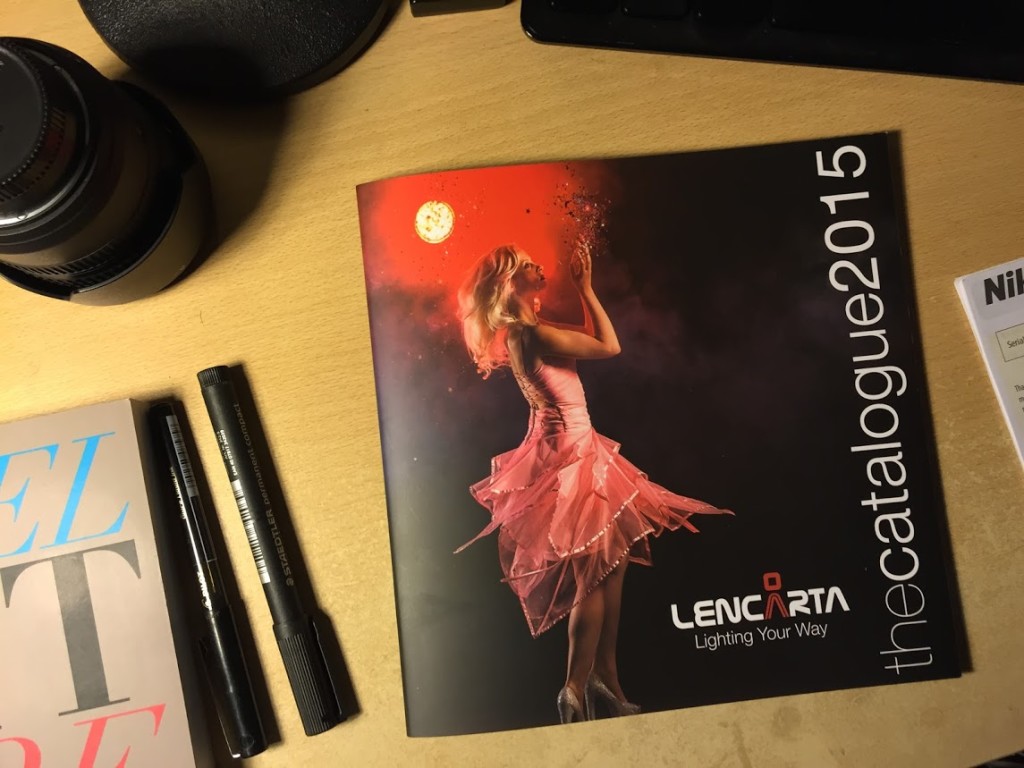I watched Tony Northrup’s video on how to interpret the test scores on DxOMark (click here to watch this). Tony and Chelsea’s videos are always well researched and I recommend them as a source of objective information. Moreover – Tony takes a scientific approach to the research. What does this mean? Well, science is all about fact and evidence, and if you find evidence that contravenes your hypothesis, you need a new, or least modified hypothesis. Tony does this – if he finds evidence that what he thought before was wrong, he changes what he says. Not everybody can grasp this as can be seen in the comments below his videos 😛
In this video he observed from DxO’s test charts that especially for the sensors in Nikon bodies, there was almost a 1:1 trade off in dynamic range for every stop you gained in sensitivity – so in theory, you were not really gaining anything. E.g., if you shoot at ISO 100, and then same thing again at ISO 200, you gained a stop of exposure, but lost a stop of dynamic range. The extra dynamic range in the ISO 100 shot, allows you to bring it up a stop in post to match the exposure of the ISO 200 shot, with pretty much the same results.
I have a bunch of Nikon bodies so I thought I’d test this. I used my D810 for these test shots. I took 3 shots in manual exposure. One at 1/320th of a second, f/8 and ISO 3200. Then I took the same shot but at ISO 100, and added 5 stop of exposure to it in Lightroom. As a reference I then kept it at ISO 100 and dialled in 5 stops of exposure time to get a clean shot at 1/10th of a second, f/8 and ISO 100. Here they are:-










